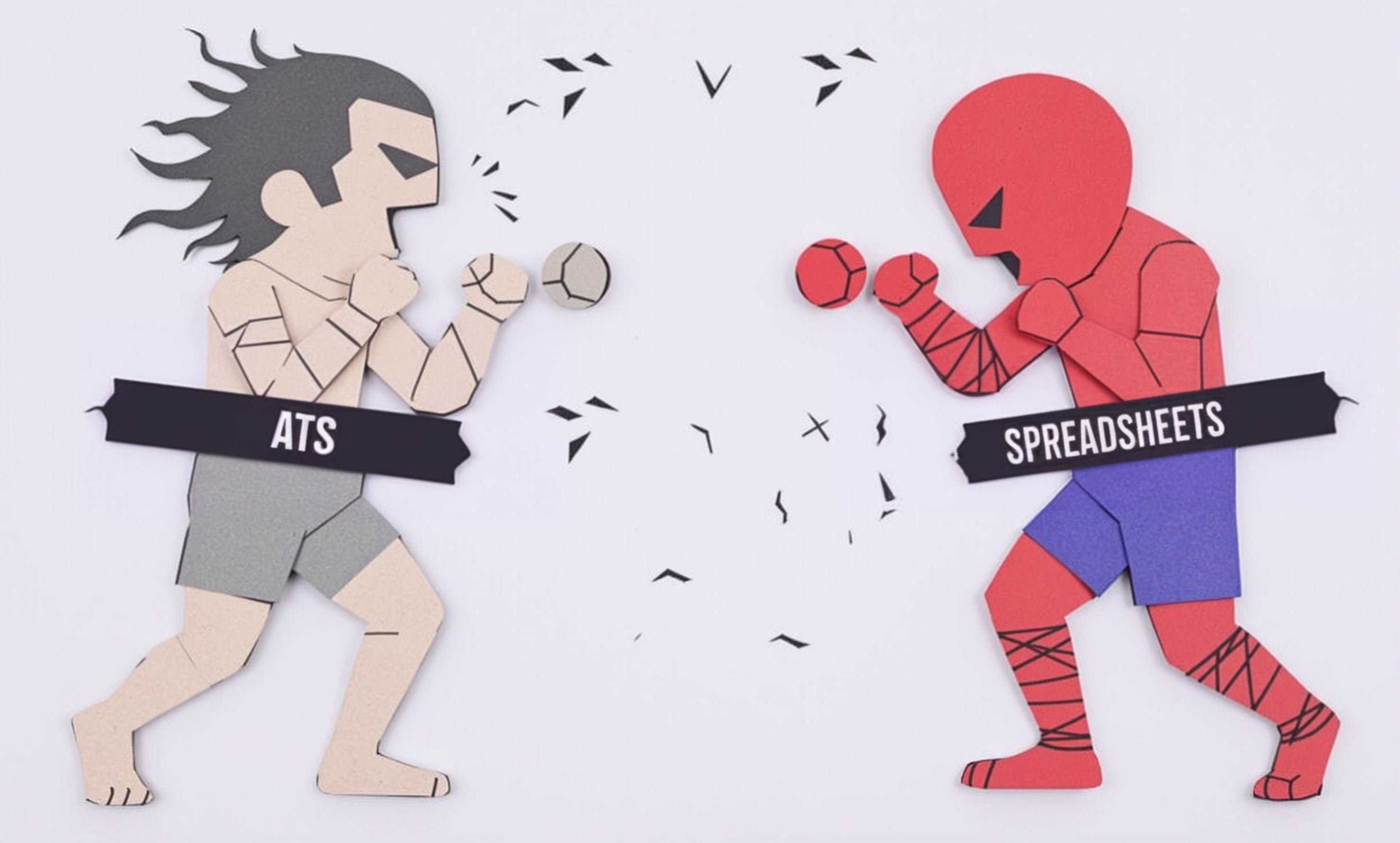
C-Spine
C-Spine (short for Cervical Spine) refers to the neck area of the spine and the procedures used to protect it in emergency situations. This is a crucial term in emergency response work, especially for EMTs, paramedics, and other first responders. When someone mentions C-Spine in their work experience, they're usually referring to their ability to properly stabilize and protect a patient's neck after accidents or injuries to prevent further harm. This is one of the most basic but critical skills in emergency response, similar to how CPR is a fundamental lifesaving technique.
Examples in Resumes
Performed over 200 C-Spine stabilization procedures during emergency responses
Trained junior EMTs in proper C-Spine immobilization techniques
Maintained 100% compliance with C-Spine protocols in trauma situations
Led team training sessions on Cervical Spine management protocols
Typical job title: "Emergency Medical Technicians"
Also try searching for:
Where to Find Emergency Medical Technicians
Professional Organizations
Online Communities
Job Resources
Example Interview Questions
Senior Level Questions
Q: How would you handle training new EMTs on C-Spine protocols?
Expected Answer: A senior EMT should discuss creating clear training plans, demonstrating proper techniques, explaining common mistakes to avoid, and emphasizing the importance of regular practice and assessment.
Q: Describe a challenging C-Spine situation you've handled and how you managed it.
Expected Answer: Should demonstrate leadership in difficult situations, decision-making process, and ability to adapt protocols to unique circumstances while maintaining patient safety.
Mid Level Questions
Q: What factors determine whether C-Spine immobilization is necessary?
Expected Answer: Should explain assessment criteria like mechanism of injury, patient condition, and protocol guidelines that help determine when C-Spine precautions are needed.
Q: How do you ensure proper C-Spine protection during patient transfer?
Expected Answer: Should describe the step-by-step process of maintaining spinal alignment during movement, communication with team members, and equipment usage.
Junior Level Questions
Q: What is the basic process for C-Spine immobilization?
Expected Answer: Should be able to describe the basic steps of manual stabilization, proper collar sizing and application, and patient positioning.
Q: What equipment is used in C-Spine stabilization?
Expected Answer: Should identify basic equipment like cervical collars, backboards, head blocks, and straps, and explain their proper use.
Experience Level Indicators
Junior (0-2 years)
- Basic C-Spine immobilization techniques
- Proper use of cervical collars
- Patient assessment basics
- Equipment maintenance
Mid (2-5 years)
- Advanced stabilization techniques
- Team coordination during complex cases
- Protocol implementation
- Training assistance to junior staff
Senior (5+ years)
- Protocol development and updates
- Staff training and supervision
- Quality assurance monitoring
- Complex trauma management
Red Flags to Watch For
- Unfamiliarity with basic C-Spine protocols
- Inability to demonstrate proper immobilization techniques
- Lack of certification or expired credentials
- Poor understanding of when C-Spine precautions are needed
Related Terms
Need more hiring wisdom? Check these out...

Why Your Hiring Spreadsheets Are Secretly Sabotaging Your Recruitment

Beyond Spreadsheets: Why Executive Dashboards in ATS Systems Are Your Secret Hiring Weapon

Automated Scorecards in ATS Systems: Your Secret Weapon for Smarter Hiring Decisions

